Related Research Articles

Aoraki / Mount Cook is the highest mountain in New Zealand. Its height, as of 2014, is listed as 3,724 metres. It is situated in the Southern Alps, the mountain range that runs the length of the South Island. A popular tourist destination, it is also a favourite challenge for mountain climbers. Aoraki / Mount Cook consists of three summits: from south to north, the Low Peak, the Middle Peak and the High Peak. The summits lie slightly south and east of the main divide of the Southern Alps, with the Tasman Glacier to the east and the Hooker Glacier to the southwest. Mount Cook is ranked 10th in the world by topographic isolation.

Vincent Ward is a New Zealand film director, screenwriter and artist.
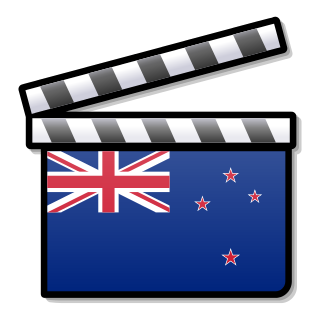
New Zealand cinema refers to films made by New Zealand–based production companies in New Zealand or films made about New Zealand by filmmakers from other countries. New Zealand produces many films that are co-financed by overseas companies.
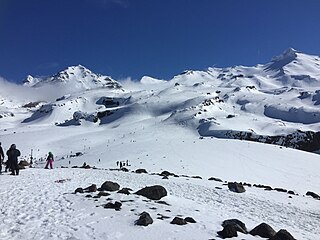
Tukino skifield is located on the eastern face of Mount Ruapehu, in the central area of the North Island, New Zealand.
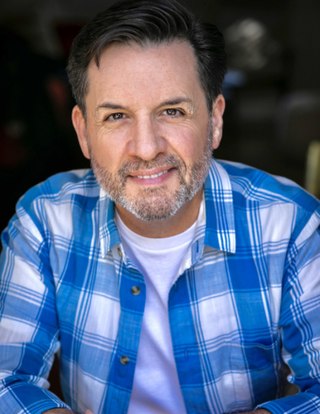
Gabriel Luke Reid is a New Zealand director, screenwriter and producer working in television, film and theatre. His doctoral thesis examines the impact of digital technologies on film production.
Lisa Irene Chappell is a New Zealand actress and musician. She is known for her roles as Chelsea Redfern in Gloss (1987–1990), and as Claire McLeod in McLeod's Daughters (2001–2003), a performance which earned her two Logie Awards, for Most Popular New Female Talent and Most Popular Actress.

Sky Open is a New Zealand free-to-air television network. It airs a varied mix of programming, largely imported from Australia, the United Kingdom and the United States.
John Brian Brake was a photographer from New Zealand. He is best known for his 1955 photographs of Pablo Picasso at a bullfight, his 1957 and 1959 series of China, and his 1960 Monsoon series of India.

The National Film Unit (NFU) was a state-owned film-production organisation originally based in Miramar, New Zealand. Founded in 1936 when the government took over a private film studio, Filmcraft, the NFU produced newsreels, documentaries and promotional films about New Zealand, and for many years was the only significant film-production facility in the country. Many people who became prominent in the development of the modern New Zealand film industry were trained by the NFU.
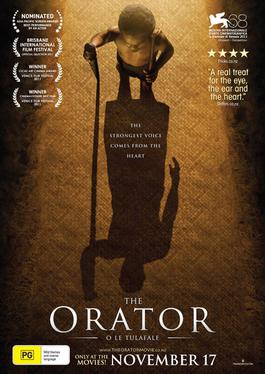
The Orator is a 2011 Samoan and New Zealand film written and directed by Tusi Tamasese. It is the first ever Samoan feature film, "entirely shot in Samoa, in the Samoan language, with a Samoan cast and story". The film was selected as the New Zealand entry for the Best Foreign Language Film at the 84th Academy Awards, but it did not make the final shortlist. It is the first time New Zealand has submitted a film in this category.
David Hannay was a New Zealand Australian film producer. He worked with Greater Union and was an independent producer from 1977.

Aorangi Forest Park is a 194-square-kilometre (75 sq mi) protected area in the Wellington Region of New Zealand administered by the Department of Conservation (DOC). It had been called the Haurangi Forest Park but DOC changed to reflect the Māori name of the range protected by the park.
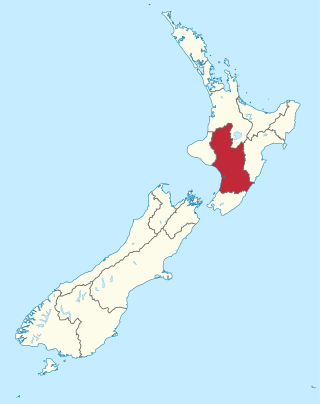
Ngāti Kauwhata is a Māori iwi (tribe) located in the Manawatū-Whanganui region of New Zealand. The iwi has ancestral ties to Tainui Waka and Maungatautari. The iwi has two main marae, Kauwhata Marae & Aorangi Marae. Originally having another marae named "Te Iwa Tekau mā Iwa".
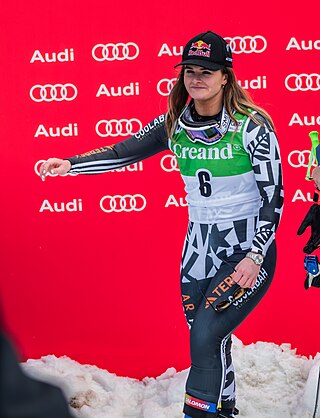
Alice Robinson is a New Zealand World Cup alpine ski racer. At age sixteen, she competed at the 2018 Winter Olympics in giant slalom and slalom. She represented New Zealand in the giant slalom event at the 2022 Winter Olympics in Beijing.
Harvey Clifford was a Canadian alpine skier. He competed in three events at the 1948 Winter Olympics. He was inducted into the Ottawa Sport Hall of Fame.
Vanessa Alexander is an Australian, New Zealand and British screenwriter, director and producer best known for writing on Vikings: Valhalla and The Great.
Jonathan Brough is a New Zealand-born film director based in Australia. He is best known for the comedy TV series Rosehaven, Aftertaste and The Family Law.
Wayleggo is a 1965 New Zealand short film. It was produced by the National Film Unit. The film was based on the 1947 musterer memoir Wayleggo written by Peter Newton.
Michael John Firth was a New Zealand film director and writer. Firth's first film, Off the Edge, was the first New Zealand feature to be Oscar-nominated.
References
- ↑ "Geoffrey Scott: Biography". NZ On Screen . Retrieved 17 October 2011.
- ↑ "The 31st Academy Awards (1959) Nominees and Winners". oscars.org. Retrieved 24 August 2022.
- ↑ Australian Centre for the Moving Image. "Snows of Aorangi". Australian Centre for the Moving Image . Retrieved 6 January 2023.